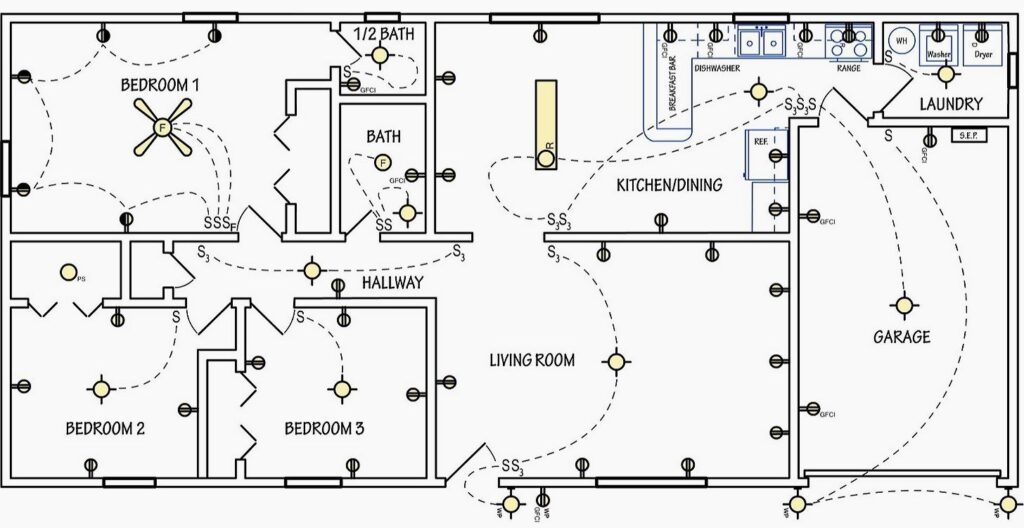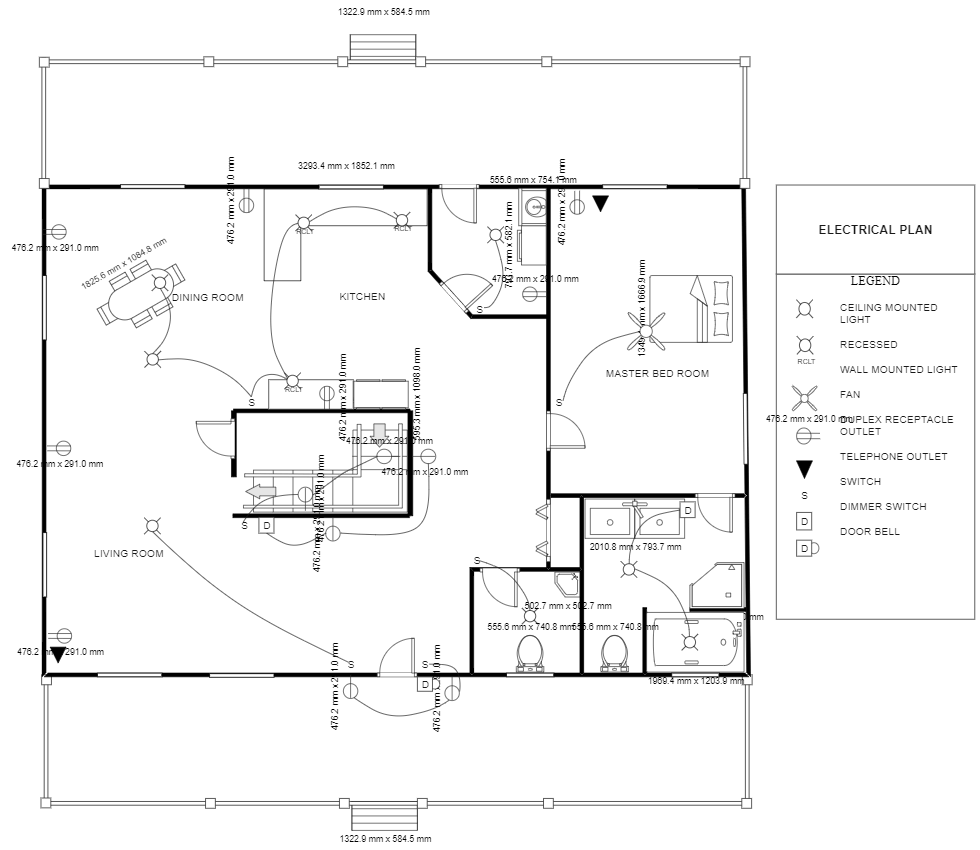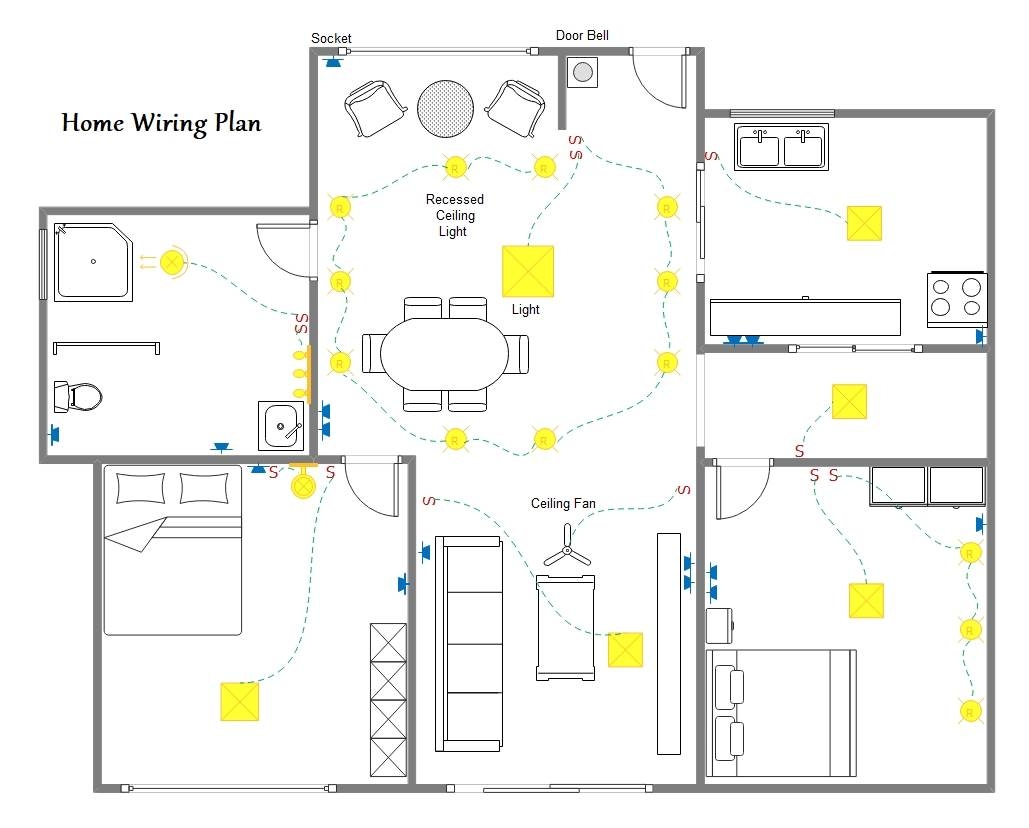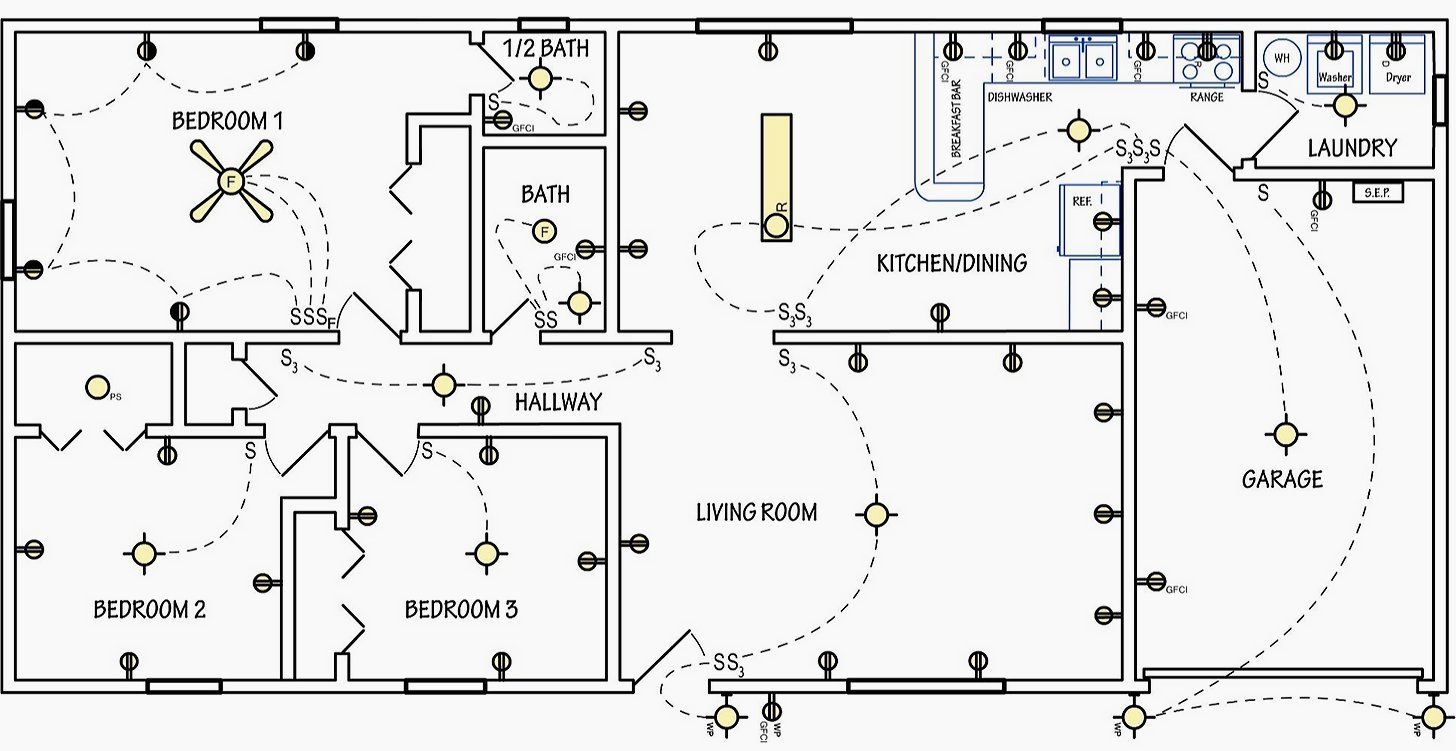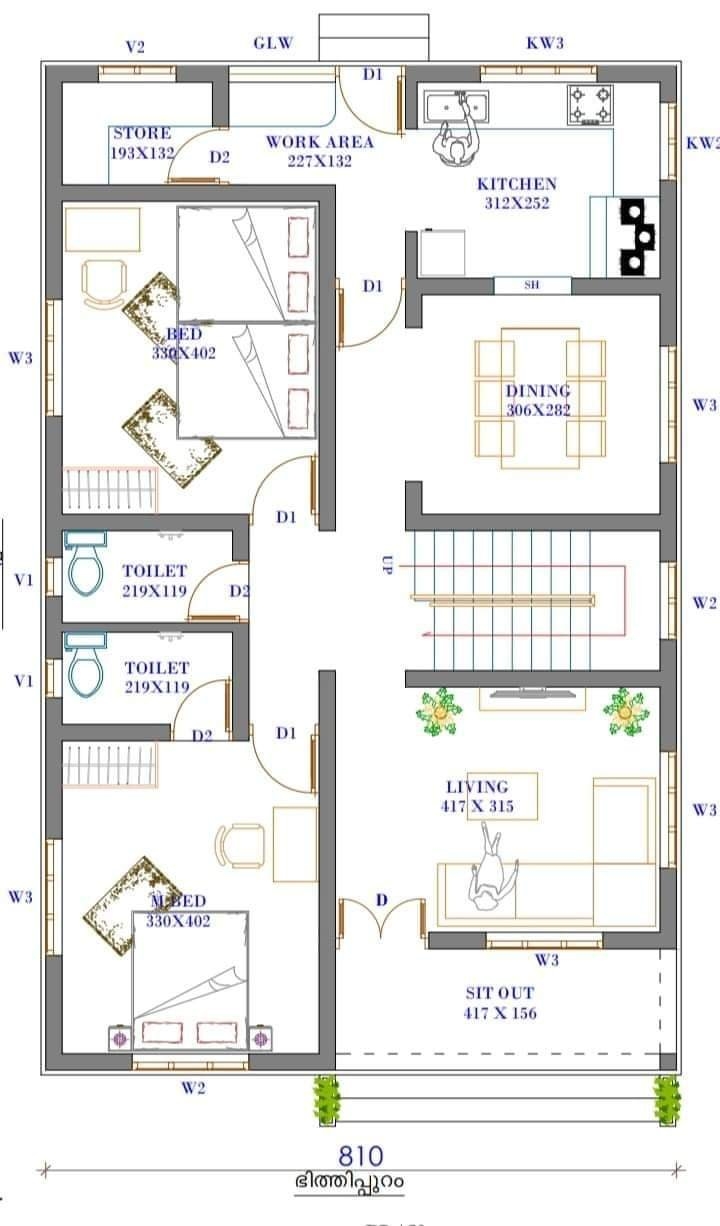Are you looking to build or renovate a house and want to ensure that the electrical layout is efficient and safe? A house electrical plan is a crucial aspect of any construction project, as it outlines the placement of outlets, switches, lighting fixtures, and other electrical components in the building. In this article, we will delve into everything you need to know about a house electrical plan, from its importance to how to download and save it for your project.
Knowledge
A house electrical plan is a detailed diagram that shows the electrical layout of a building. It includes the location of electrical outlets, light switches, fixtures, and appliances, as well as the wiring connections between them. The plan is essential for guiding electricians and contractors during the installation process, ensuring that the electrical system meets building codes and safety standards.
When designing a house electrical plan, several factors need to be considered, such as the size and layout of the building, the electrical load requirements, and the placement of electrical devices for convenience and functionality. The plan should also account for future expansion and upgrades, allowing for flexibility in the electrical system.
It is essential to work with a qualified electrician or electrical engineer when creating a house electrical plan to ensure that it meets all regulatory requirements and is tailored to your specific needs. They will help you determine the optimal placement of outlets, switches, and fixtures to maximize energy efficiency and safety.
How to download and save it
Creating a house electrical plan can be done using various software tools specifically designed for this purpose. These programs allow you to draw a detailed floor plan of your house and add electrical symbols to represent outlets, switches, and other components. Some popular software options for creating house electrical plans include AutoCAD, Revit, and SketchUp.
Once you have created your house electrical plan, you can save it in a digital format for easy access and sharing with contractors and electricians. It is crucial to keep a copy of the plan for future reference and maintenance of the electrical system in your house.
Conclusion
In conclusion, a house electrical plan is a vital document that guides the installation of electrical systems in a building. It ensures that the electrical layout is efficient, safe, and compliant with building codes. The target audience for a house electrical plan includes homeowners, contractors, and electricians involved in construction projects.
Overall, a well-designed house electrical plan is essential for a successful construction project, providing a roadmap for the installation of electrical systems and ensuring the safety and functionality of the building. As technology advances and energy efficiency becomes a priority, the importance of a detailed house electrical plan will only continue to grow.
